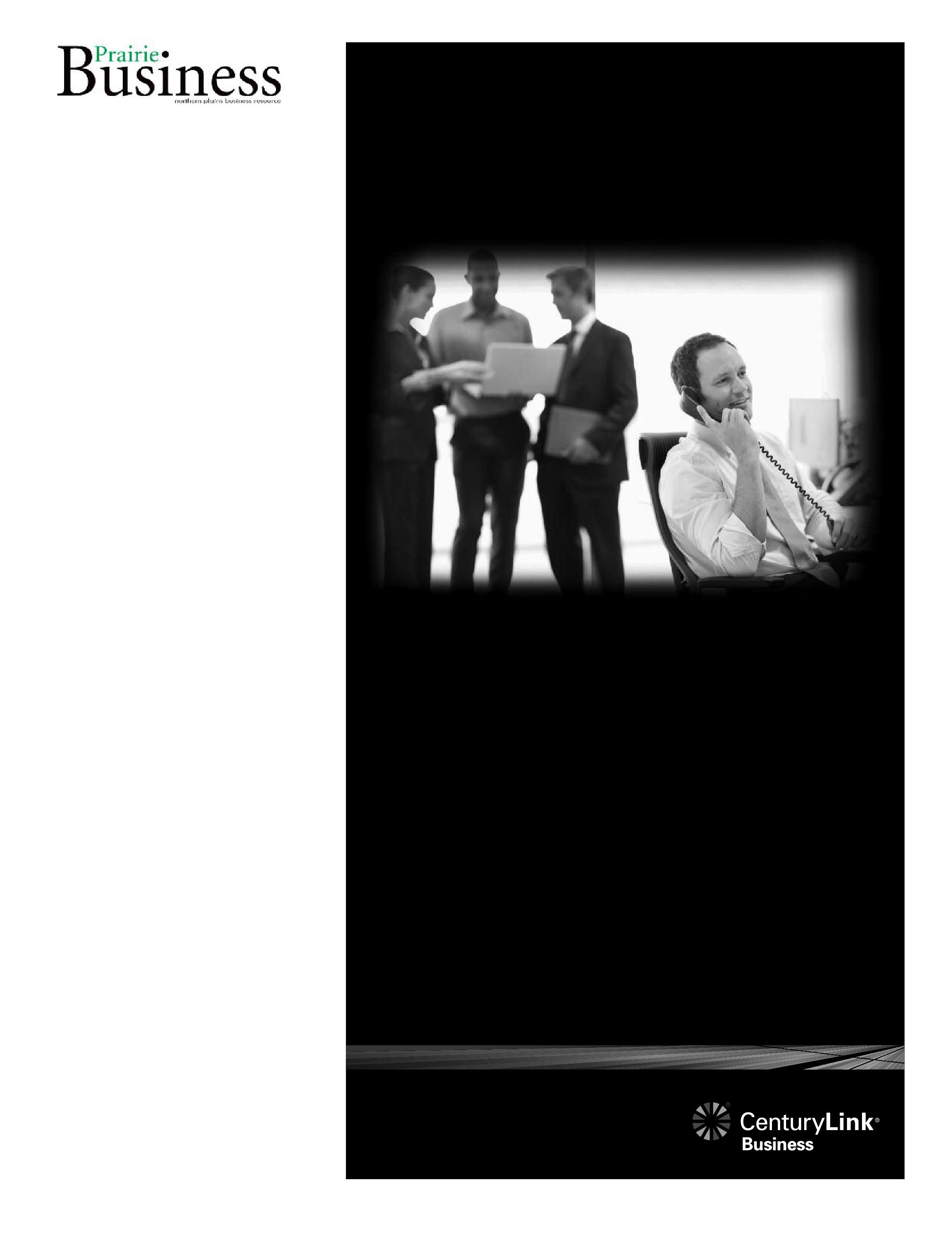
3 minute read
The little things
Few things are as important to a business as hiring and keeping quality employees, particularly in this region, where unemployment is low and businesses are steadily expanding their workforces. Competition for workers is fierce and, in some cases, there simply aren’t enough workers available to fill demand. If your business is not aggressively addressing its recruitment and retention strategies, you may soon find that you’re not able to fill open positions, if you’re not already. So how do you attract and retain the best staff possible?
There is no silver bullet answer to that question, of course. The specifics depend on your industry, your location and the age of your workers. Generally, though, the most successful employers have put in place a solid, consistent interview process to identify the best candidates and follow up at the early-employment stage with frequent check-ins, providing identifiable and achievable goals, and utilizing a mentoring system that ensures both the employer and employee’s job expectations are met. From there, companies that appreciate the need for employees to manage a work/life balance and recognize their professional achievements are likely to retain the best staff. We highlight a few examples of this in the article, “Get Them and Keep Them" (page 30). Each company is unique, and what works for one business may not fit with another, but more often than not, it’s the little things that make the difference between a decent place to work and a great place to work. It may be half-day Fridays, or frequent get-togethers to celebrate work achievements, or allowing employees free time to dedicate to community projects. It’s up to each company to determine what works with its culture and industry, but employee retention should be a work in progress, and needs to be regularly re-evaluated to make sure it matches current employee needs.
This month’s issue also addresses several current trends in desirable workplaces. Access to technology is increasingly important to all workers, but specifically for young workers who are accustomed to incorporating technological advancements into all aspects of their lives. In “Seeing is believing,” we highlight the use of video communications to bridge the gap between dispersed workers and allow opportunities for employees to work remotely. This month’s Business Development article, "Encouraging entrepreneurial values," (page 22) provides insight on the importance of moral values and social entrepreneurialism in business today. Those topics were perfectly addressed during a public event held in Fargo by Arthur Ventures which included inspiring and entertaining presentations from Forbes publisher Rich Karlgaard and global technology firm head Mike Cannon-Brookes.
Finally, our cover story offers an overview of Bill Gates’ recent visit to Concordia College in Moorhead, Minn., to commemorate the college’s newly renovated business school. Gates spent more than an hour on stage answering student questions on nearly every topic imaginable, from technology to agriculture and vaccine distribution in third-world countries. I think everyone was impressed with the poise and intelligence of the youth who shared the stage with the man recently named the richest person in the world. In turn, Gates was engaging, surprisingly funny, and genuinely enthusiastic about answering each question he received, leaving little doubt that he truly believes in the innovation of youth and the next generation’s potential to positively impact the world. It’s up to the business world to embrace them and let them shine.
MIKE JACOBS,Publisher
RONA JOHNSON, Executive Editor
KRIS BEVILL, Editor
BETH BOHLMAN, Circulation Manager
KRIS WOLFF, Layout Design, Ad Design
Sales Director:
JOHN FETSCH
701.212.1026 jfetsch@prairiebizmag.com
Sales:
BRAD BOYD - western ND/western SD 800.641.0683 bboyd@prairiebizmag.com
SHELLY LARSON - eastern ND/western MN 701.866.3628 slarson@prairiebizmag.com
Editor:
KRIS BEVILL
701.306.8561 kbevill@prairiebizmag.com
Editorial Advisors:
Dwaine Chapel, Executive Director, Research Park at South Dakota State University; Bruce Gjovig, Director, Center for Innovation; Lisa Gulland-Nelson, Vice President, Marketing and P.R., Greater Fargo Moorhead EDC; Tonya Joe (T.J.) Hansen, Assistant Professor of Economics, Minnesota State University Moorhead; Dusty Johnson, Chief of Staff for South Dakota Gov. Dennis Daugaard’s office; Brekka Kramer, General Manager of Odney; Matthew Mohr, President/CEO, Dacotah Paper Company; Nancy Straw, President, West Central Initiative
Prairie Business magazine is published monthly by the Grand Forks Herald and Forum Communications Company with offices at 375 2nd Avenue North, Grand Forks, ND 58203. Qualifying subscriptions are available free of charge. Back issue quantities are limited and subject to availability ($2/copy prepaid). The opinions of writers featured in Prairie Business are their own. Unsolicited manuscripts, photographs, artwork are encouraged but will not be returned without a self-addressed, stamped envelope.
Subscriptions Free subscriptions are available online to qualified requestors at www.prairiebizmag.com
Address corrections
Prairie Business magazine PO Box 6008
Grand Forks, ND 58206-6008
Beth Bohlman: bbohlman@prairiebizmag.com
Online www.prairiebizmag.com










